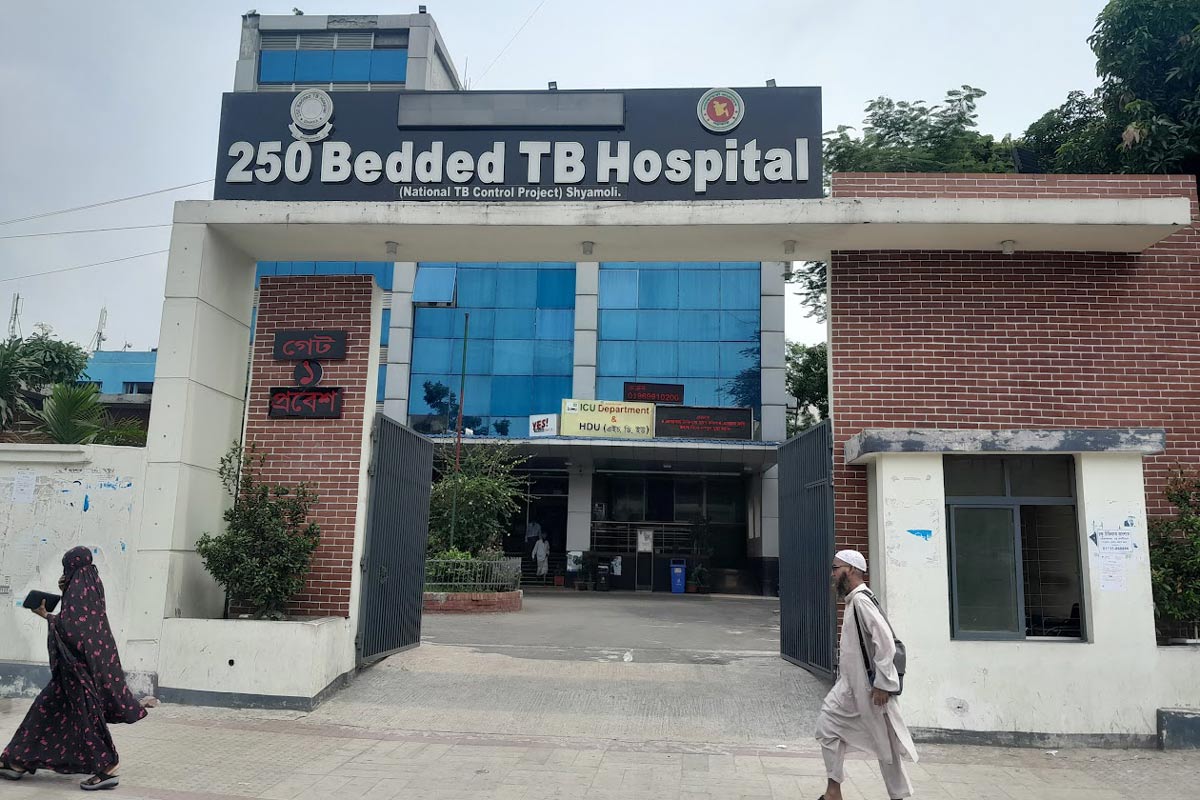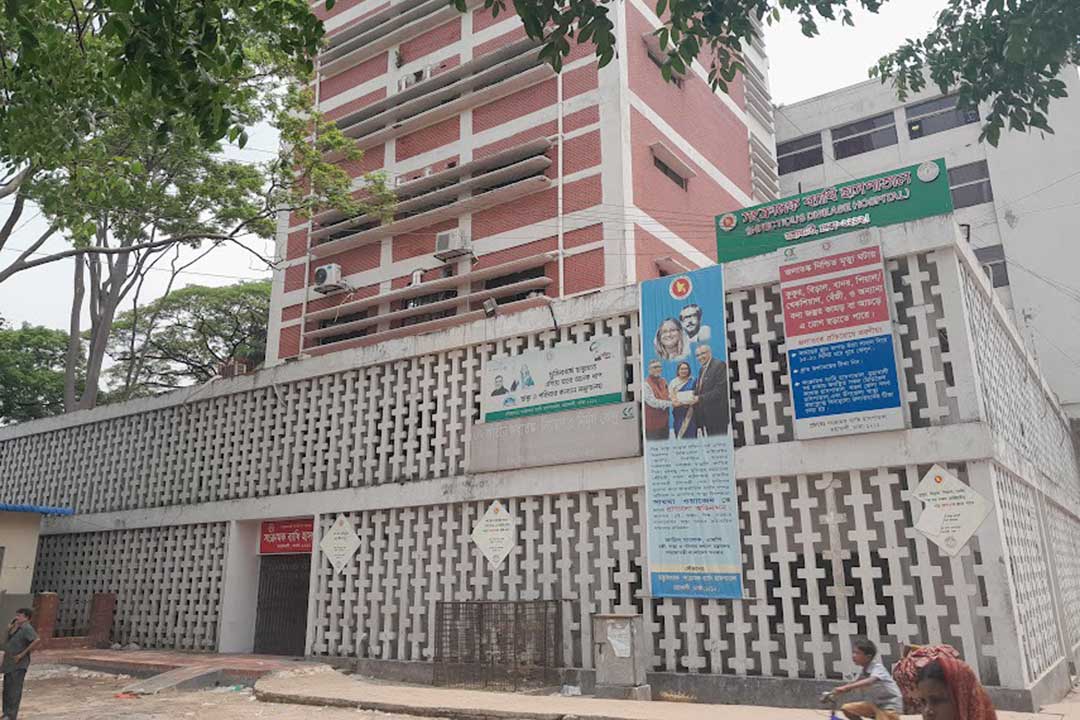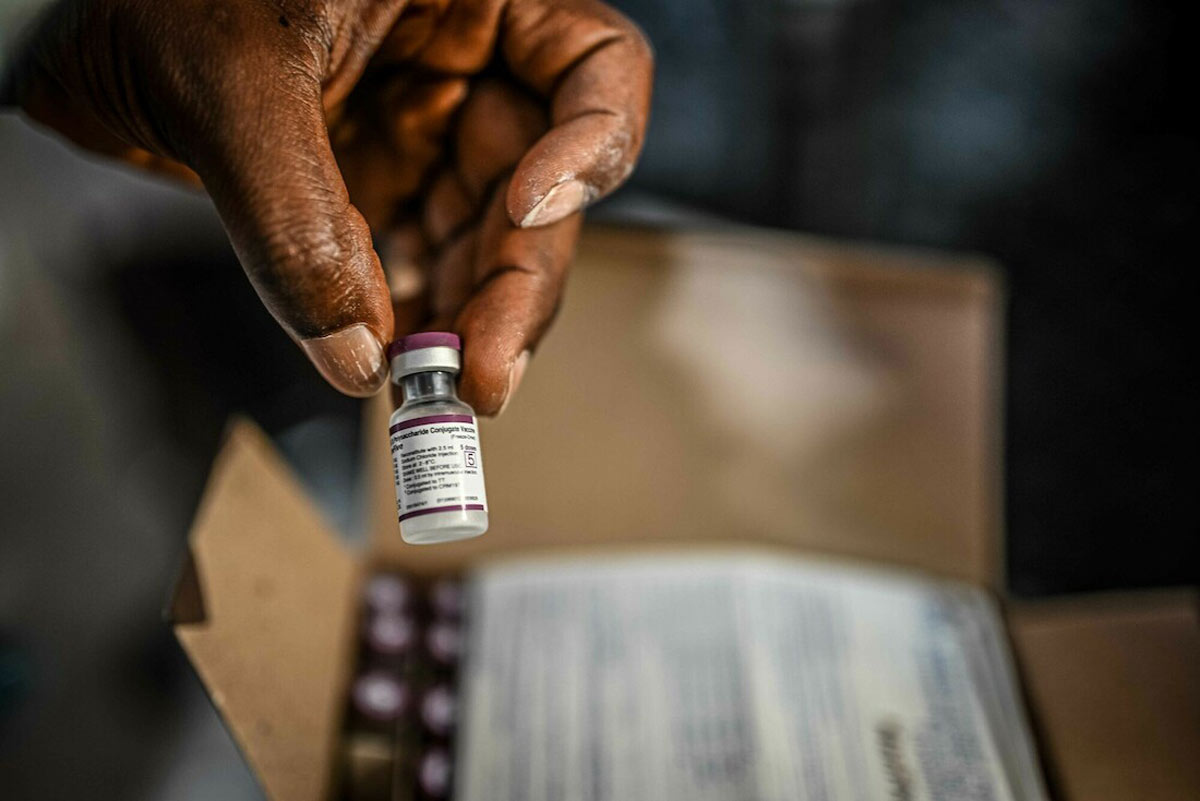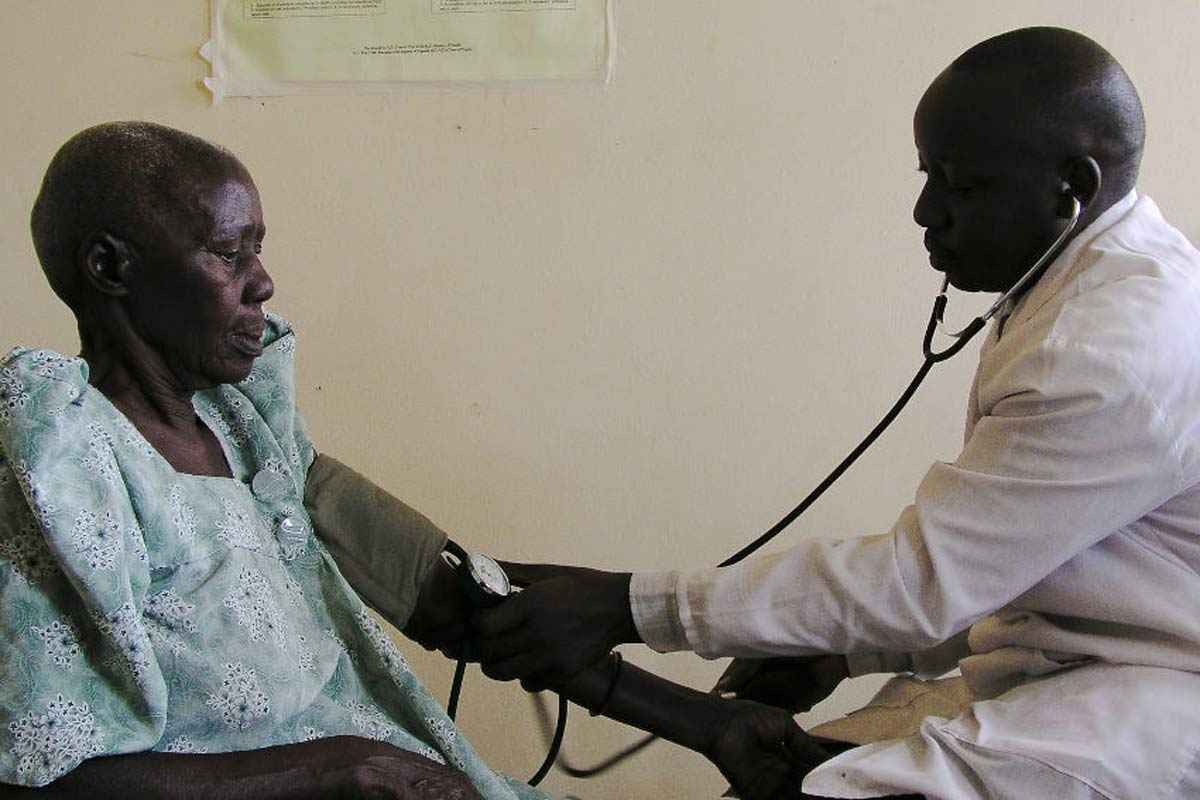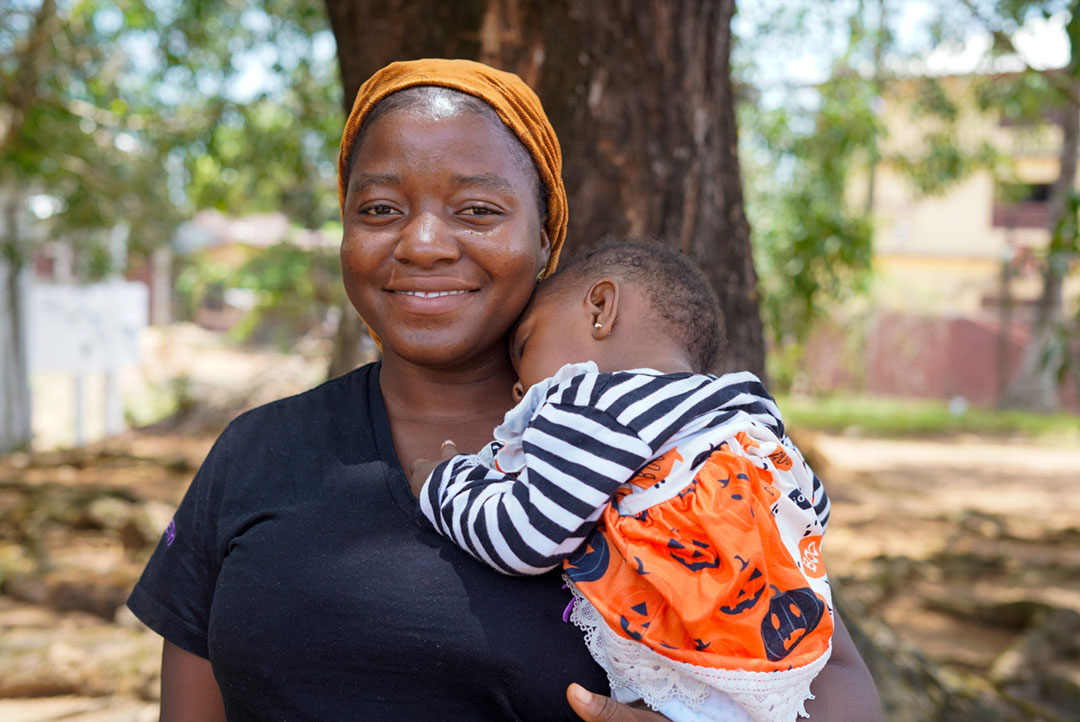Bangladesh is gunning for zero malaria deaths by 2027
Both cases and fatalities are in decline. But are the current deadlines feasible? Mohammad Al Amin reports.
- 23 July 2024
- 4 min read
- by Mohammad Al Amin

“I, along with my parents, went to the deep jungle of the hills, to collect traditional vegetables,” said Nai Nai Cho Marma of Re Ongpe Para, a village in Lama Upzila, part of Bangladesh’s hilly Bandarban district. “Then I fell ill, after returning from the jungle. I suspect the mosquito which carries malaria bites me in the jungle.”
She tested positive for the parasitic infection on 20 June, joining a roster of just under 2,300 malaria cases recorded across the country up until the end of May 2024. Only two of those patients would die; Nai Nai Cho Marma would recover within a week of beginning a course of malaria treatment administered by a field-level health worker.
Both Bangladesh’s malaria case-count and its malaria fatality rate are moving encouragingly downward. In 2023, Bangladesh recorded 16,567 cases and 6 deaths, down from 18,195 cases and 14 deaths in 2022. Jump back a decade to 2014, and Bangladesh was seeing 45 deaths from 57,480 cases in the space of a year. Between 2008 and 2023, says Shyamol Kumer Das, Deputy Program Manager for Malaria and Aedes Transmitted Disease in the Directorate General of Health Services (DGHS), the country has seen a 96% decline in deaths.
“On track”
“The country is on track towards reducing the disease burden and gradually moving towards the achievement of the vision of malaria elimination,” said Kumer Das.
“More than 85% population has access to malaria treatment in community. Occurrence of severe malaria is 1.5% only, and National Malaria Elimination Program has distributed 15.7 million long-lasting insecticidal nets (LLINs). Around 97.6% households have LLIN coverage in the 13 malaria-endemic districts,” he added.
Have you read?
Alongside nets, Bangladesh’s success hinges on the prompt provision of treatment, a smooth referral system for riskier cases, and patient-vector surveillance.
But the National Malaria Elimination Program (NLEM) targets zero deaths by 2027, alongside the interruption of local transmission and the elimination of indigenous malaria. Both that, and the big elimination deadline of 2030, could still prove challenging to meet.
“There is a difference of opinion among scientists about whether the country can eliminate malaria by its stipulated time, through applying the current strategy. If the country wants to eliminate malaria by 2030, then it has to ensure zero indigenous transmission of cases from 2027,” said former Director General of the DGHS, malaria expert Prof Dr Mohammad Abul Faiz.
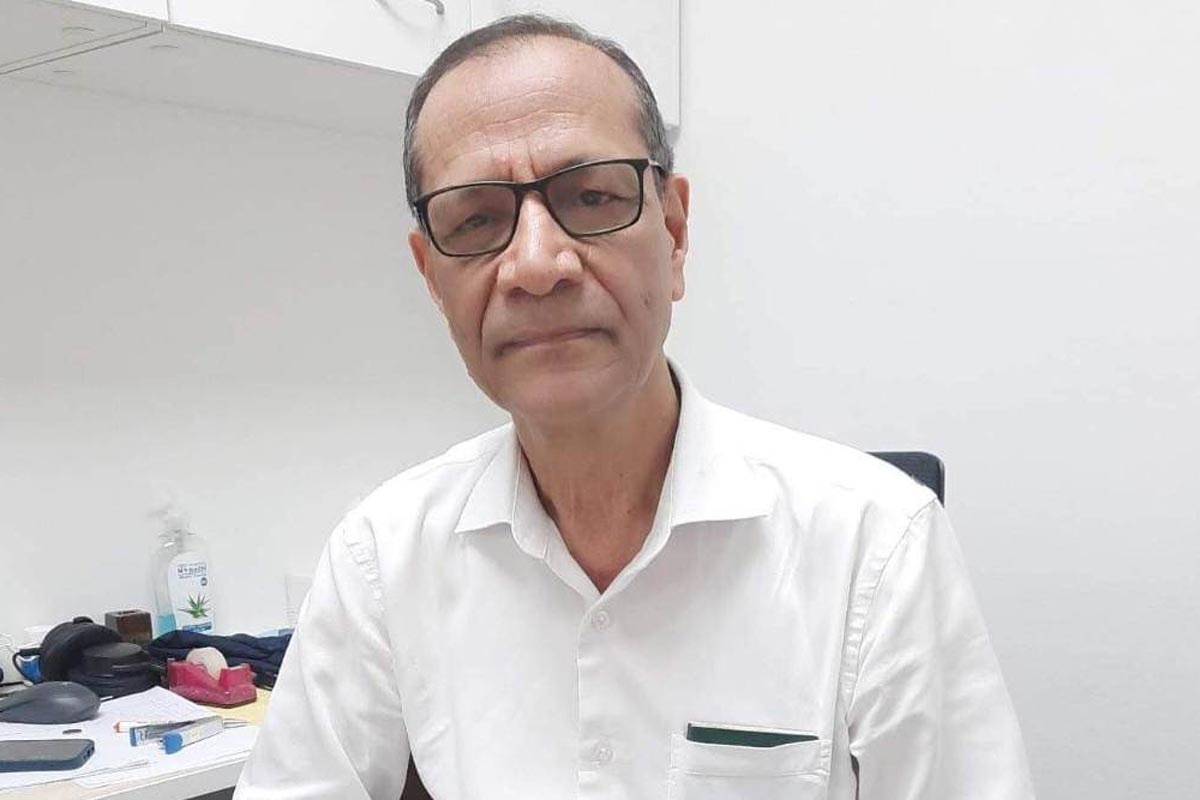
Bumps in the road
The NLEM’s greatest hurdle is easy to spot on any topographical map of Bangladesh. The Chattogram Hill Tracts, which include Bandarban district, are particularly malaria-prone, accounting for 90% of Bangladesh’s 2023 malaria toll.
Here, dense forests make communication difficult, but a three-stage care plan for malaria patients has been developed, and local health officers say it’s working. “First, field-level workers test the suspected patients in door-to-door visits, and give initial treatment,” said Dr Aye Khing Marma, Lama Upazila Health and Family Planning Officer. “Then, the patients also rush to local community clinics. And if their condition deteriorates, they come to Upazila Health Complex,” she explained.
Case numbers are in decline here too, said Dr Aye Khing, but zero still seems a way off. “We still get some malaria patients,” she said. “Usually, May to September is considered as peak.” In the typically lighter first five months of the year, eight patients in the Upazila required hospitalisation. Across 2023, some 121 malaria patients were admitted for care.
There’s also a risk, acknowledges Shyamol Kumer Das, that climate change could work against the elimination programme, with heavy rainfall, landslides and sudden floods all potentially contributing to transmission risk.
New tools for the last push?
“If we get any malaria vaccine approved by the World Health Organization, we will use it,” said Dr Sheikh Daud Adnan, Director (Disease Control) of the DGHS, while also restating his faith in the current plan, which does not include immunisation.
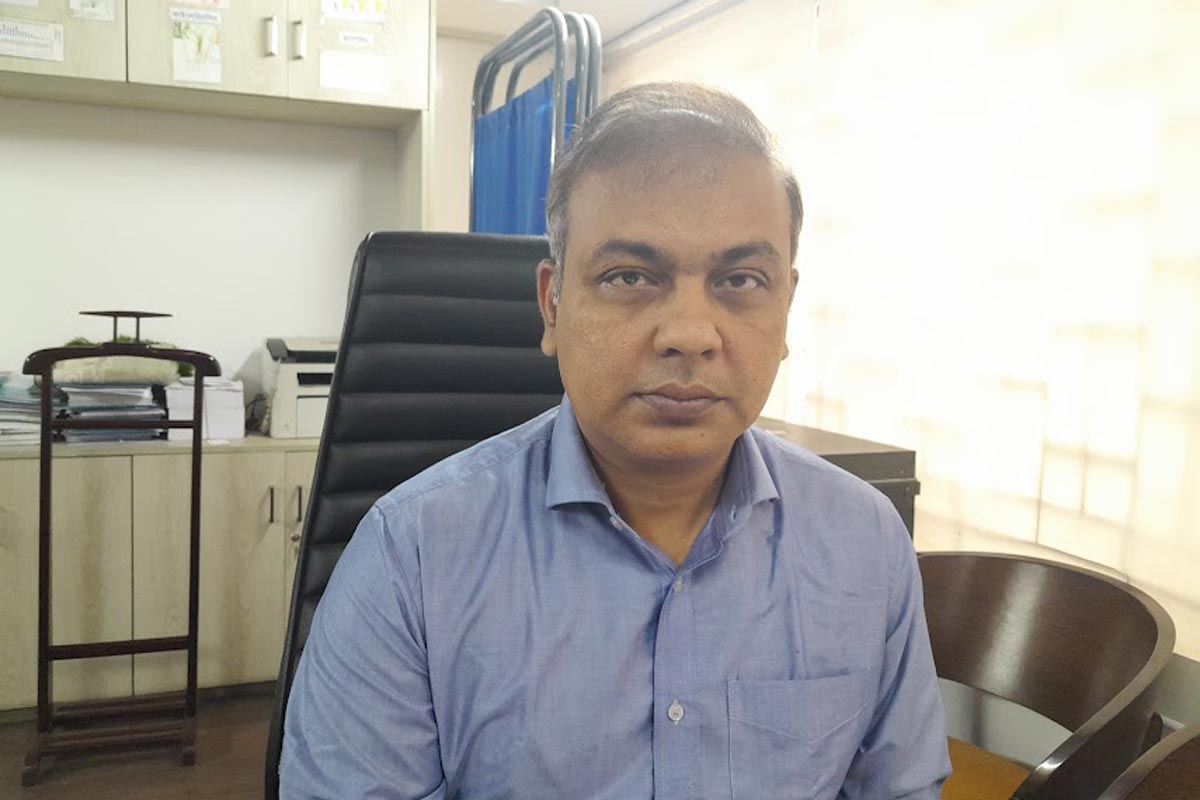
As the world’s first malaria vaccines begin to roll out to some of the world’s worst-hit populations, it’s natural to wonder whether the jab could help push Bangladesh over its elimination threshold. “Applying malaria vaccine may be a strong additional innovative measure to make the country free from malaria,” said Dr Faiz.
Still, whether the vaccine will prove cost-effective for Bangladesh – which is making gains with the tools it has already – is an open question. Introducing a vaccine takes time and resources. The countries currently deploying doses have malaria burdens that dwarf Bangladesh’s, which has both Falciparum malaria – the strain the vaccine protects against – and a minority of Vivax malaria cases, against which there is currently no approved vaccine. South Sudan, for instance, which launched its immunisation campaign earlier this month, recorded a total malaria death toll of nearly 6,700 in 2022, meaning it saw more malaria fatalities on an average day than Bangladesh did all year.
However, Faiz did tell VaccinesWork that Lama Upazila and Alikadam Upazila will play host to a study, anticipated to launch in 2025 under the aegis of Dev Care Foundation and the NMEP, which will assess the potential combined impact of the vaccine and mass drug administration in these higher-risk zones.
